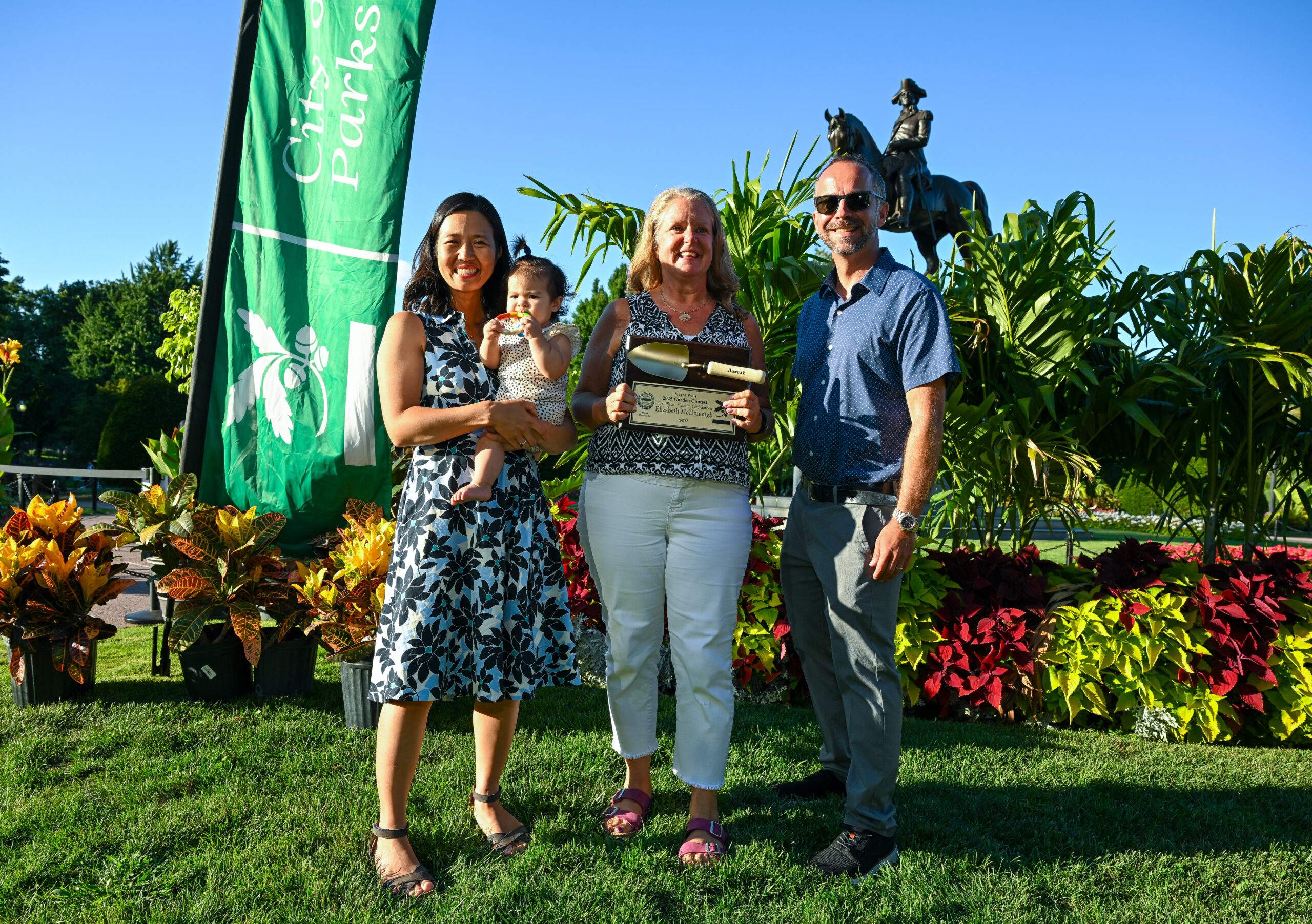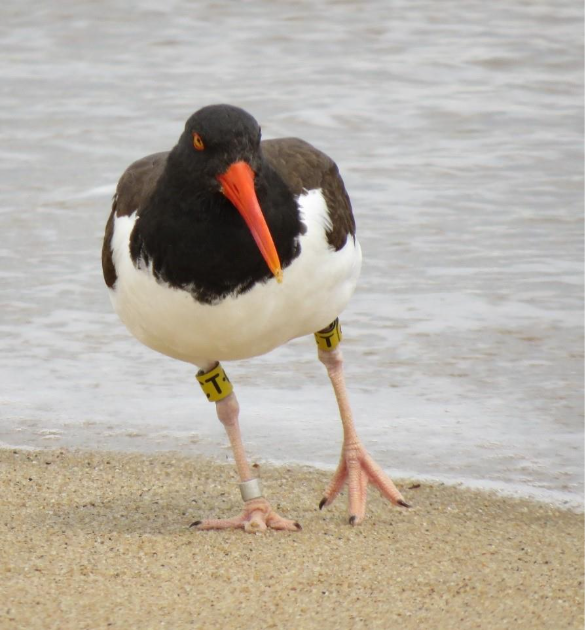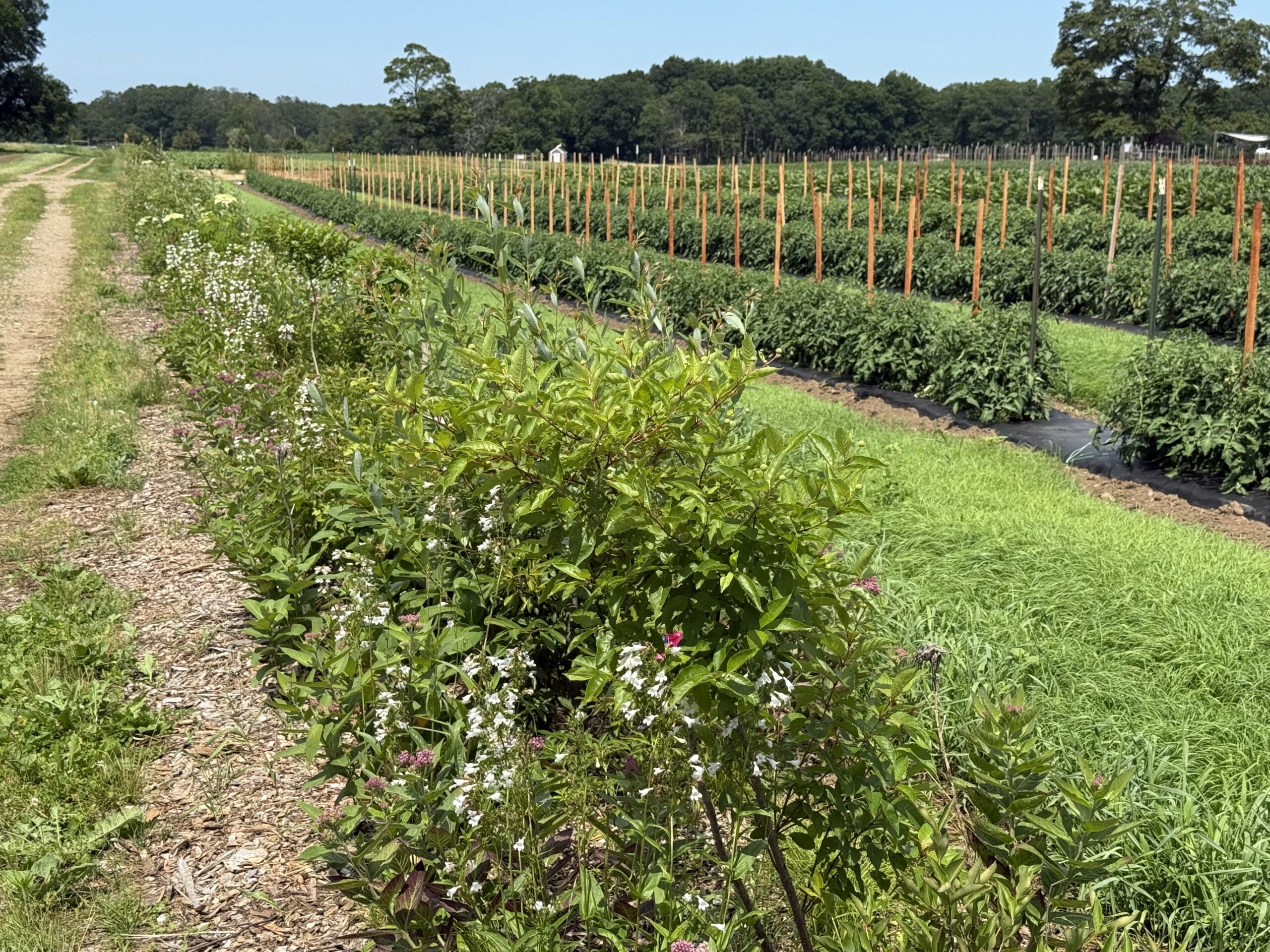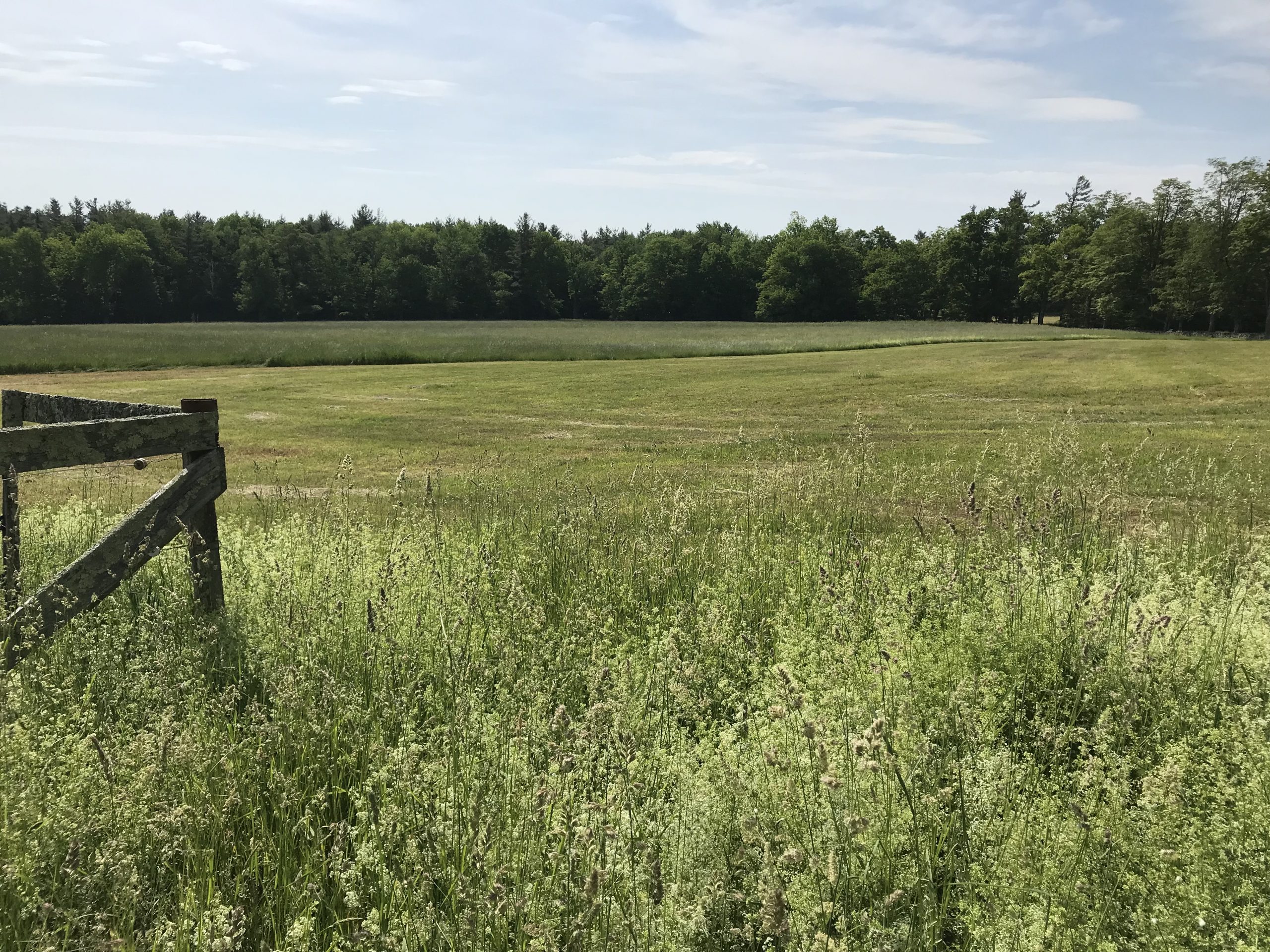
As the first weeks of spring roll around every year, many folks take to the trails to look for returning bobbling bobolinks, sweet whistling meadowlarks, tiny savannah sparrows, and other grassland bird species. As these birds arrive back at their breeding territories, the hayfields, fields, meadows, and pastures they call home come alive with singing, breeding displays, and nest building. By early June, these birds have established territories where they nest on the ground amongst the grasses and wildflowers (aka fields of suitable size and vegetation composition). Preferred fields are dominated by grass and other low-growing plants such as wildflowers with shrubs and trees typically absent.
Unfortunately, many “grassland dependent” species are declining as remaining grasslands are developed, planted in row crops (corn and vegetables) or used to provide hay, invaded by non-native invasive plants, or revert to forest. In early June, fields primarily managed for hay are cut – making them poor habitats for grassland birds as they no longer have the tall vegetation to hide their nests. Eastern meadowlarks, once common, are now an uncommon sight at most of our grasslands. Bobolink populations were declining significantly across the state, but, according to the most recent Breeding Bird Survey done by Massachusetts Audubon, this species seems to be stable but still requires careful management of its habitat. Other grassland species (such as grasshopper sparrow and New England blazing star) have declined within the state so much that they are now listed as “rare” and are protected under the Massachusetts Endangered Species Act.
To help counter this trend of declining grassland habitats The Trustees has been restoring grasslands at several of our properties. We have reclaimed the edges of fields where trees and shrubs have encroached and in several places cleared trees to reconnect grasslands that were historically connected making them more viable as habitat – larger grasslands typically support more species and greater numbers of wildlife than smaller ones. Currently, The Trustees maintain more than 2,000 acres of grasslands including hayfields, pastures, and meadows. Where sensitive wildlife occurs, grassland nesting birds, for example, we delay mowing and haying to allow nesting birds to fledge their young and pollinators to complete their seasonal life cycles. Some of our fields still need to be managed primarily for hay, especially where we have livestock, but we manage as much of our grassland as habitat for dependent species. In other locations, we use prescribed fire or grazing by livestock to discourage shrubs and trees from dominating to allow rare plants and invertebrates (e.g., butterflies) to prosper. Grasslands are some of the most complex habitats to manage – mow too early … bad for grassland birds, don’t mow enough…trees will grow and that is bad for the open habitat, mow too late… encourage forbs over grasses, mow in later summer…turtles may be nesting! Our managers have a lot to weigh when deciding how to care for these habitats.
Grassland habitats are home to numerous plants and animals including many that are not found in other habitats – such as the birds mentioned above. Depending upon how big a grassland is, how it is managed, and where it is located in the state, some of the other species likely to be encountered will include orange sulphur butterfly, many species of goldenrod, savannah sparrow, green snake, meadow vole, American kestrel, little bluestem grass, eastern bluebird, and monarch butterfly.
How can you help?
- Let us know if you see grassland birds and other rare species when visiting our reservations. Submit your observations using eBird or iNaturalist.
- Volunteer to monitor grassland birds or other species at your favorite reservation.
- Donate to our restoration and management efforts.
- Follow seasonal signs at properties that you visit for information about wildlife in the area.
- Leash your pets and encourage fellow visitors to keep their dogs leashed when grassland birds are nesting, May-July.
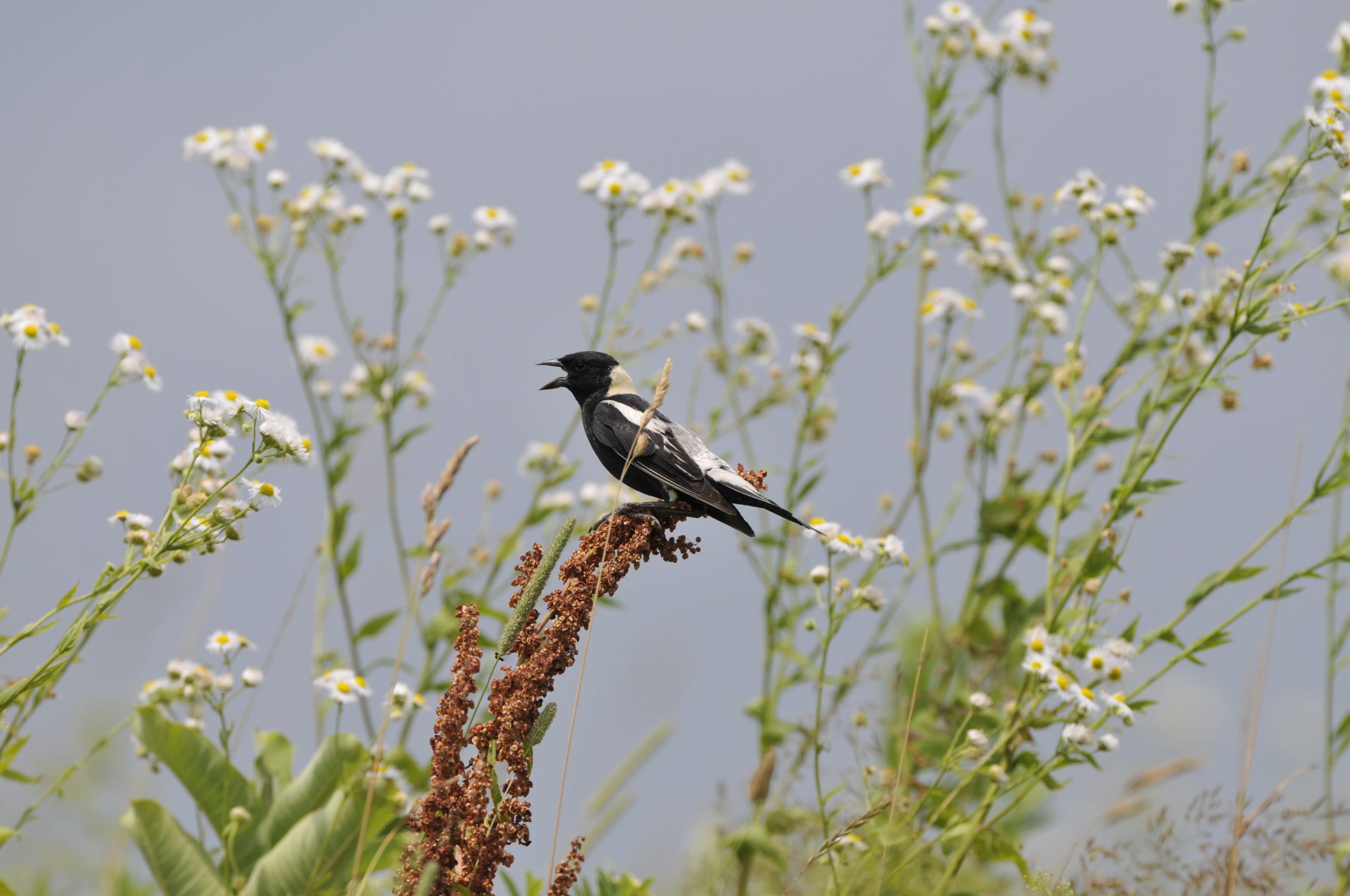
Bobolink
Some reservations to visit with grasslands and dependent wildlife include World’s End, Appleton Farms, North Common Meadow, Eastover Farm, Dexter Drumlin, Bartholomew’s Cobble, Notchview, and Field Farm.

